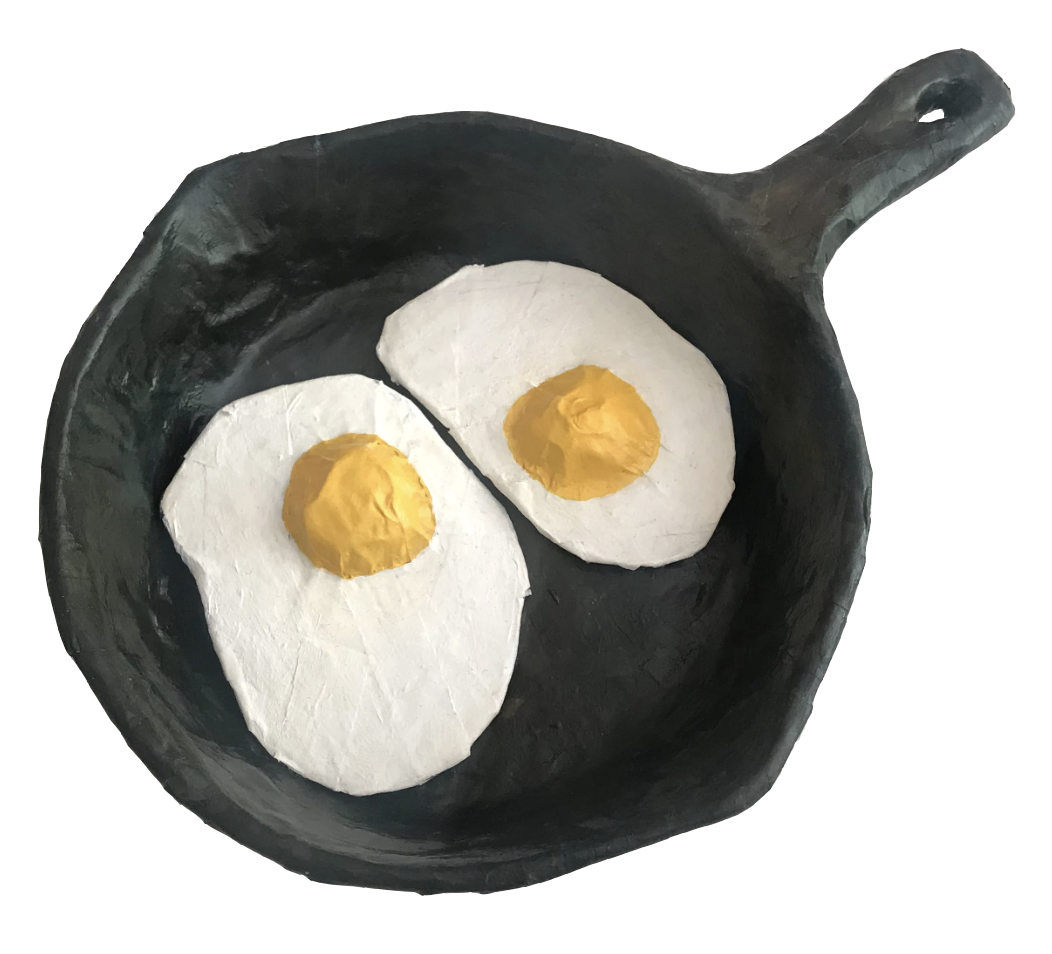
Click the “Time Traveling Through Food” heading above to return to the unit’s homepage.




Click the icons below to explore...And now reflect...
What food or food tradition did each maker explore?
What materials did they use to explore these foods and ideas?
Did they use papier mache? Dead dough? Sticks?
What is dead dough????? Click here to find out.
How would their work have been different if they chose different materials or forms?
What if they had used long lasting, permanent materials? Do you think they would have made different sculpting or displaying choices? What do the impermanent materials add to their sculptures? Texture? Color? Feeling?


Did you explore those links? Go back to Step 1 and click on those links!!!!
Then come back to Step 2.
Using your chose food or food tradition from Section 1 (the one you made a video about), make a sketch of 3 sculptures you would like to make of your food or food tradition. These sculptures should be made of impermanent materials.
Write what materials you would use next to each sketch.
These materials can be papier mache, dead dough, sticks, leaves, dirt, or anything that might disintegrate if it was left outside for the next 5, 50, or even 100 years.
Write what materials you would use next to each sketch.
These materials can be papier mache, dead dough, sticks, leaves, dirt, or anything that might disintegrate if it was left outside for the next 5, 50, or even 100 years.
Here is an example of a sculpture made from impermanent materials:

Artist: Claes Oldenburg (born in 1929, died in 2022)
Title: Pancakes and Sausages
Date: 1962
Materials: Oil on stuffed canvas and ceramic plate, in 9 parts
Size: 4.5 x 11 x 11 in
In this example, the sculpture is sitting on a ceramic plate, which is very longlasting, but the chosen food, pancakes, are explored in fabric and stuffing. The soft material, which would start to disintegrate if it was left outside for many years, makes the pancakes more expressive and ridiculous than they would be if they were sculpted in stoic, solid clay. The sculpture encourages us to think more about everyday objects that we interact with.
What do we take for granted?


Now you are going to create your sculpture.
But, before you begin sculpting, take a moment to think.
How will you sculpt?
Will you be sculpting with papier mache or paper clay?
Sure...but how do I make papier mache? Click here to find out.
And how do I make paper clay? Click here to find out.
Do you need armature?
What’s armature???? Find out what it is here and how to make it here and here.
Will you be sculpting with nature?
How do I do that???? Learn how here.
Gather all your materials.
Email me if you have any questions about materials!
And........sculpt!
Wait, if I’m paper mache-ing, what do I do after I’ve built my armature? Scroll down to Part 2 on this link.
And if I’m using paper clay, how do I sculpt with it? Click here for some basic clay sculpting tips.


Share your sculpture with a friend or family member.
Share your work from this section (Section 2) on the Time Traveling Through Food Aggie.
What is Aggie??? Watch tutorials here and here.
You can do this by adding
an illustration of your process,
a snapshot of your sketches or your sculpture,
a written note about your sculpture (why did you make what you made?),
or any other way of sharing what you’ve done and thought about.


All emojis and icons found on https://emojipedia.org/ & https://www.pngwing.com/
and edited by Joya Assael.
Artwork and photograph information can be found on the page linked to the icon.


